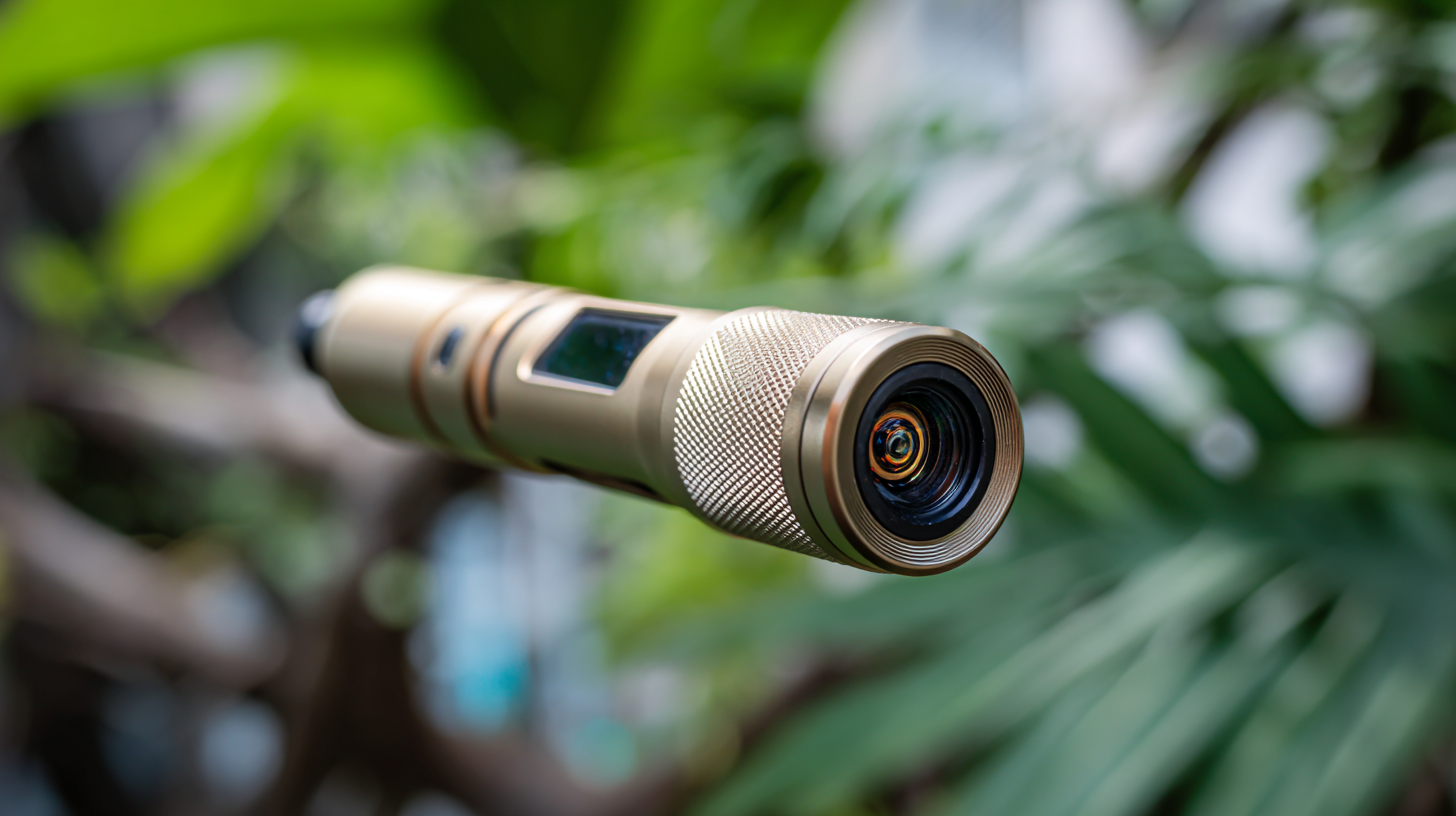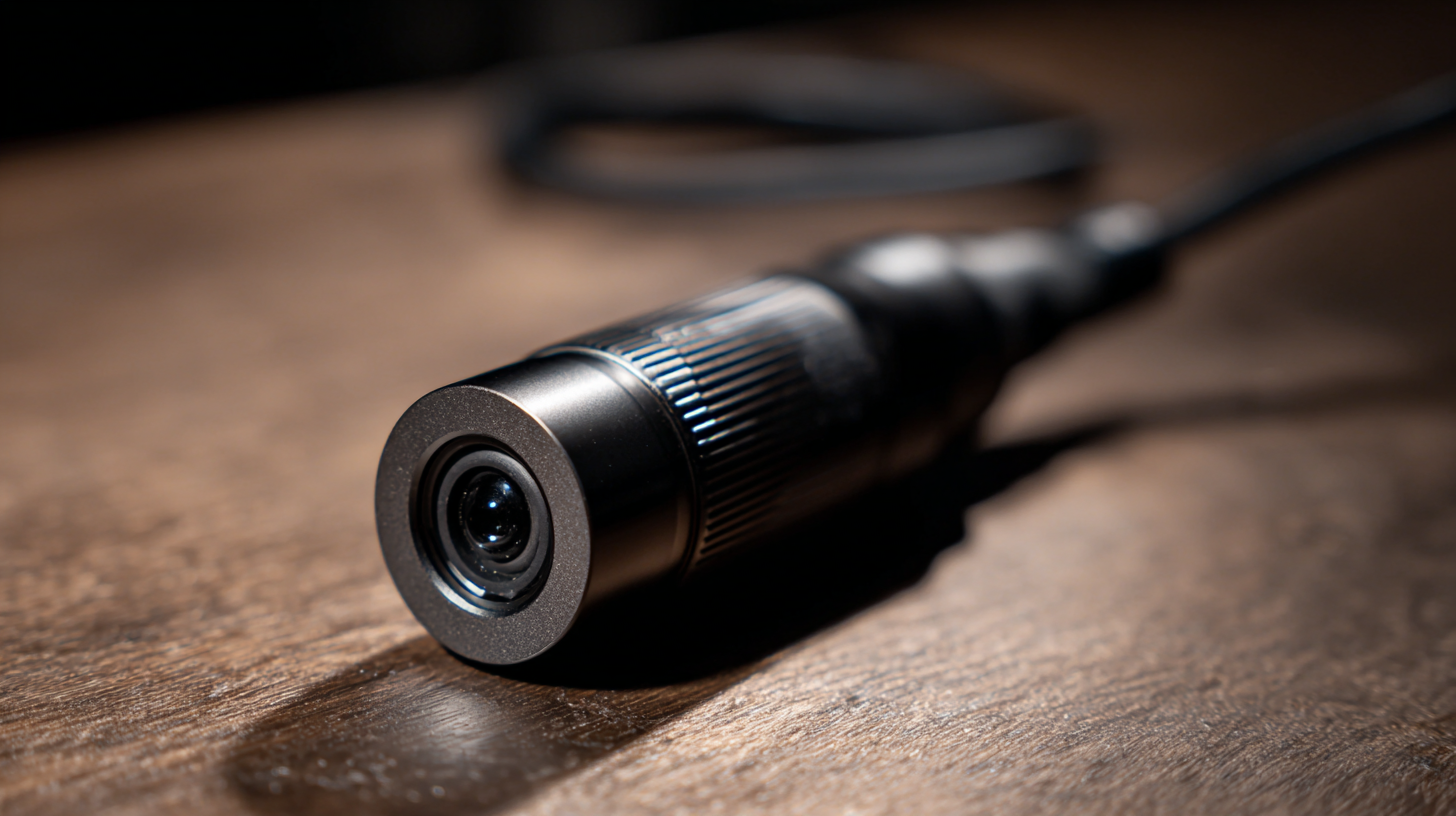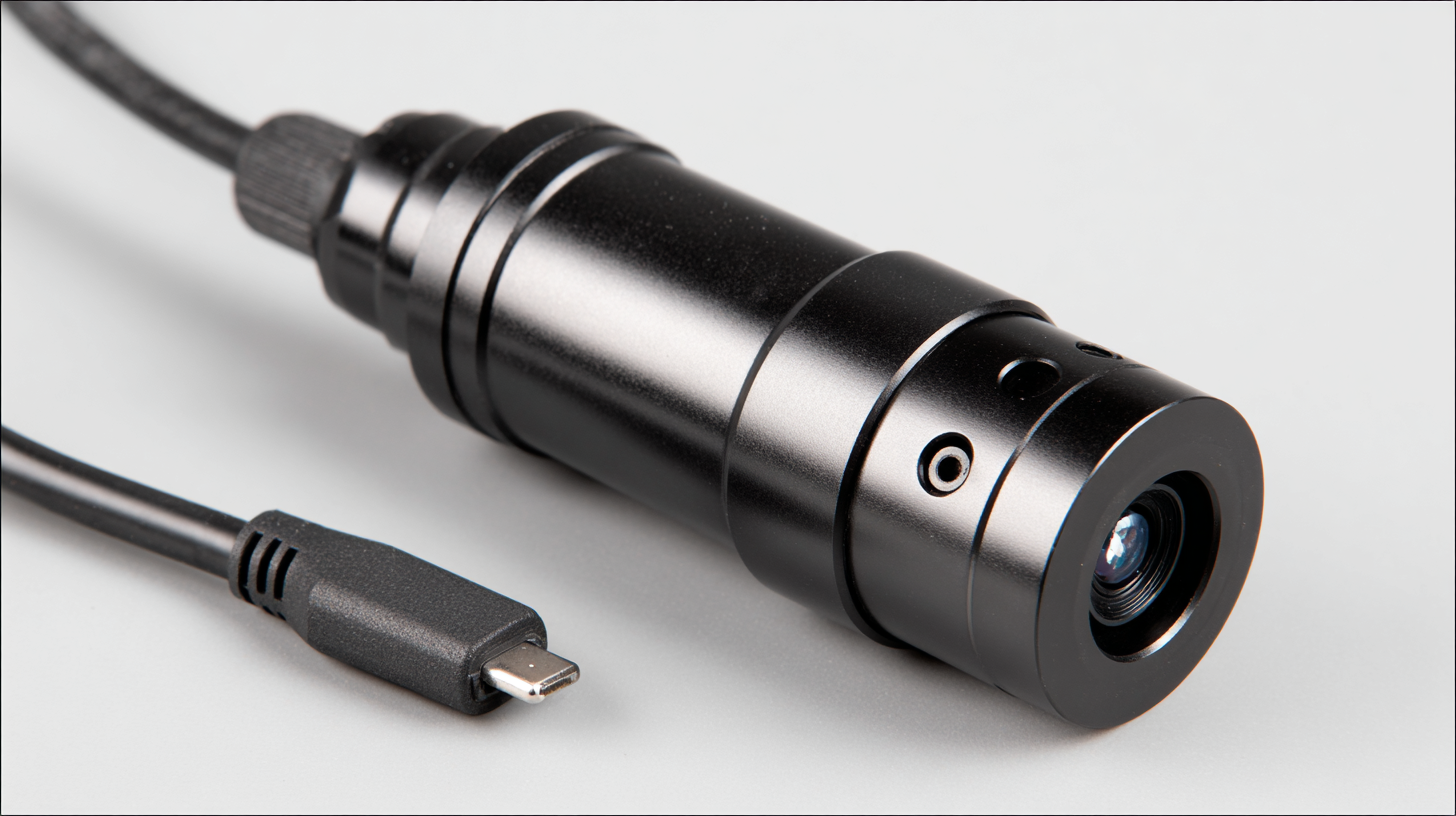25 Reasons Why the Best Wifi Endoscope Camera is Revolutionizing Inspections Worldwide
As the demand for high-quality inspection tools continues to soar, the Wifi Endoscope Camera stands out as a game-changer in various industries worldwide. According to a recent market research report by MarketsandMarkets, the global endoscope market is projected to reach $42 billion by 2025, driven by advancements in technology and the increasing need for non-destructive testing methods. The Wifi Endoscope Camera, with its ability to transmit high-definition video wirelessly, is revolutionizing how inspections are conducted, making them more efficient and accessible than ever before. This innovative tool not only enhances visibility in hard-to-reach areas but also streamlines the inspection process, resulting in significant time and cost savings. As industries range from construction to automotive embrace these technological advancements, the reliance on traditional inspection methods is rapidly declining, showcasing the transformative impact of the Wifi Endoscope Camera on global inspection practices.

The Future of Inspections: How Wifi Endoscope Cameras Enhance Accuracy
The advent of WiFi endoscope cameras marks a significant leap forward in the realm of inspections, transforming the way professionals conduct their assessments. These innovative devices offer high-definition imaging, allowing for detailed visualization of hard-to-reach areas. With the capability to transmit real-time footage directly to smartphones and tablets, inspectors can collaborate with their teams instantly, enhancing the accuracy of their evaluations. This immediacy ensures that decisions are based on the most current data, minimizing error margins and improving overall inspection outcomes.
Furthermore, the integration of WiFi technology with endoscope cameras introduces a new level of accessibility. Inspectors can easily save and share images and videos for better documentation and reporting. This feature is vital in fields such as plumbing, automotive, and building maintenance, where conditions can be visually assessed without invasive procedures. The ability to remotely view and analyze inspections aids in effective communication between stakeholders, fostering informed decision-making and propelling the industry into the future of precision tooling. Thus, the impact of WiFi endoscope cameras is not just a matter of convenience; it is fundamentally changing the operational landscape of inspections globally.

Unparalleled Convenience: The Portability of Wifi Endoscope Cameras
The rise of Wi-Fi endoscope cameras is transforming inspection processes across various industries, thanks to their unparalleled convenience and portability. According to a report by MarketsandMarkets, the global endoscope market is projected to reach $40 billion by 2026, primarily driven by innovations like Wi-Fi technology that enhances versatility and ease of use.
Traditional endoscope setups can be cumbersome and limit operability, but Wi-Fi endoscopes eliminate the need for complex wiring, allowing real-time image transfer to smartphones and tablets.
The portability of Wi-Fi endoscope cameras has proved essential in fields ranging from plumbing to aerospace. The ability to capture high-definition video in tight spaces reduces downtime and enhances inspection accuracy.
A study published in the Journal of Industrial Technology notes that the adoption of portable inspection technology can decrease inspection times by up to 30%, significantly benefitting industries that rely on swift assessments for maintenance and troubleshooting. This innovation is not just a trend; it's a significant step towards improving efficiency and accessibility in inspection practices worldwide.
Streamlining Communication: Real-Time Visuals with Wifi Connectivity
In today’s fast-paced world, the advent of WiFi endoscope cameras has transformed the way inspections are conducted across various industries. The ability to stream real-time visuals directly to a smartphone or tablet is a game-changer for professionals in fields such as plumbing, electrical work, and automotive repair. With instant access to high-definition images, teams can quickly identify issues, reducing downtime and enhancing productivity. This seamless communication allows technicians to share findings with clients or team members instantly, ensuring everyone is on the same page and can make informed decisions promptly.
Moreover, the connectivity provided by WiFi technology means that access to visual data is not limited by physical proximity. Specialists can conduct remote inspections, guiding their clients through the process via video feeds. This not only saves time and transportation costs but also enables real-time troubleshooting and consultation, making it easier to address problems as they arise.
The ability to capture and share high-quality footage enhances transparency and trust in customer relationships, ultimately leading to higher satisfaction rates. As the world continues to embrace digital solutions, WiFi endoscope cameras are at the forefront, redefining the standards for inspection procedures globally.
Cost-Effective Solutions: Reducing Downtime and Labor with Wifi Endoscopes
The rise of WiFi endoscope cameras is transforming inspection processes across various industries, significantly reducing downtime and labor costs. According to a recent report by MarketsandMarkets, the endoscope market is projected to reach $2.2 billion by 2026, growing at a CAGR of 5.7%. This surge is attributed to the increasing demand for efficient inspection tools that provide real-time visual feedback, enabling technicians to identify issues quickly without the need for extensive disassembly.
By utilizing WiFi endoscope cameras, businesses can streamline their operations and minimize labor costs. The ability to conduct inspections remotely and transmit high-quality images directly to mobile devices or laptops reduces the need for multiple personnel on-site. A study from Frost & Sullivan indicated that companies using advanced inspection technologies saw an average reduction in downtime by 30%, leading to substantial savings in operational expenses. With these innovative tools, industries such as manufacturing, construction, and maintenance can ensure safety and compliance while enhancing productivity.

Versatility Across Industries: Applications of Wifi Endoscope Cameras in Various Fields
The versatility of WiFi endoscope cameras is transforming inspection processes across various industries. In automotive maintenance, for instance, technicians can easily inspect hard-to-reach areas of engines or exhaust systems without disassembling components. This not only saves time but also reduces labor costs, allowing for quicker diagnosis and repairs. Similarly, in construction and plumbing, professionals leverage these cameras to visualize internal structures and piping, identifying issues such as blockages or potential structural weaknesses that would otherwise go unnoticed.
Additionally, the medical field has found significant applications for WiFi endoscope cameras, especially in minimally invasive procedures. Surgeons can utilize these devices to gain real-time images of internal organs, improving accuracy and patient safety during operations. Moreover, the ease of transmitting images directly to a smartphone or tablet enables seamless collaboration among medical teams.
Beyond healthcare, industries like agriculture are also embracing this technology, using it to monitor soil conditions and plant health, ultimately leading to more efficient farming practices. This widespread adaptability underscores the critical role WiFi endoscope cameras play in enhancing inspection methodologies across diverse sectors.

